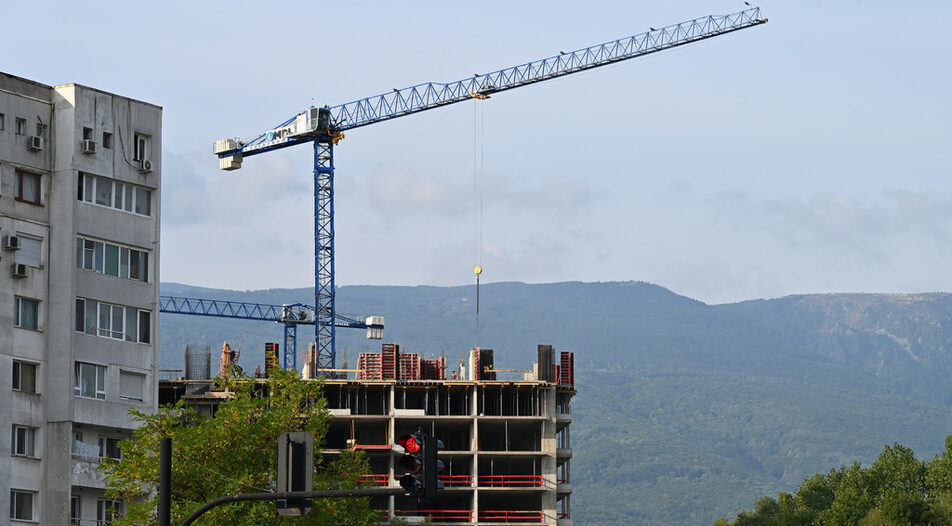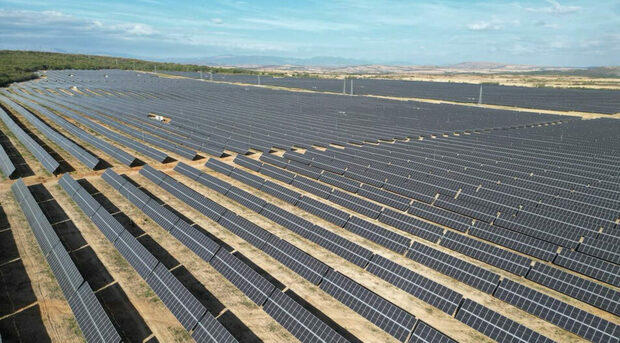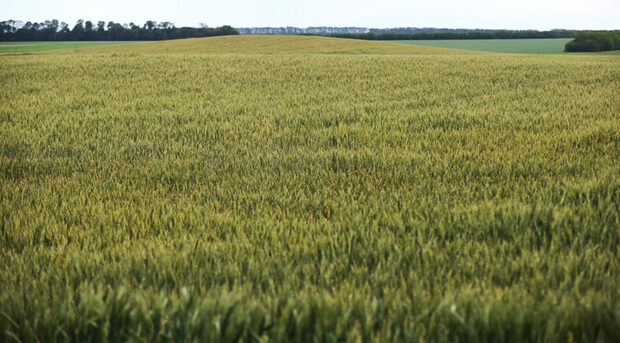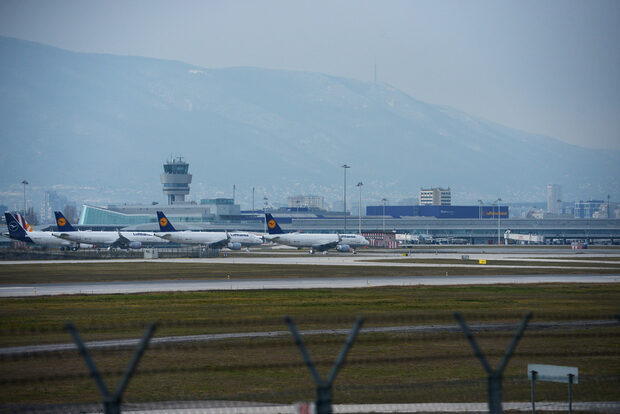Two new neighborhoods are being developed in the Bulgarian capital city located opposite the Business Park in Mladost 4 residential area. This project in the southeastern outskirts close to the Ring Road represents an innovative solution to two primary urban challenges - preserving green spaces between existing apartment blocks from overdevelopment and compensating private owners of restituted properties by providing opportunities to build on alternative sites.
The owners of more than 12 restituted land plots situated in green areas between existing apartment blocks are now being granted replacement by allocation of 12,000 sq. m. of state-owned land close to the Ring Road suitable for construction of around 33,000 sq. m of gross floor area. Construction could have started within the green zones between blocks in Mladost 1 and Mladost 2 residential districts that are situated closer to the city centre, but instead ownership rights were shifted to land on the periphery of the city to both preserve green spaces and allow land owners to realize their investment intentions. Everybody is happy with the new plan. One reason for the absence of tension is the search for comparative reciprocity regarding construction intentions of investors. For example, if an owner was able to build a 28-story building in the inter-block space, they would be able to build one with the same parameters in the new designated area opposite the Business Park.
The primary tool for achieving this objective is the Detailed Development Plan (DDP) of Mladost District which uses an option introduced through a new paragraph in the Territorial Planning Act. Itallows the transfer of building rights from one area to another, enabling the creation of new residential and commercial zones in Mladost 4 with various building heights of up to 75 meters. The plan includes high-rise buildings for residential, office, and hotel purposes, as well as underground parking solutions.
A new office and residential
Two new areas will be built up in front of the Academy of the Ministry of the Interior. In one of them, buildings will range from 28 to 37 meters in height, while the other will be intended for buildings as high as 44 meters for residential, office, hotel, and commercial purposes. The zone is designated as "mixed multifunctional" and allows for the highest permissible construction projects of up to 75 meters. Near the Business Park metro station, several buildings of 28 meters and some of 37.6 meters are planned. Above-ground parking for 300 cars will be also constructed there, with additional street parking spots for 130 to 150 cars.
"We hope that this satisfies the residents of the designated buildings, and we must not forget that by law, each building must provide parking spaces for residents in every apartment," Mladost mayor, engineer Ivaylo Kukurin, told Capital Weekly.
In the other area, situated near the existing Ministry of Defense's apartment blocks, higher buildings are planned. Most are 44 meters tall, with the tallest reaching 50 meters. Some of the buildings are residential, but many could have public functions on the ground floors, and due to proximity to the Business Park, some investors may find it more sensible to construct office buildings or hotels that area.
"In my opinion, this plan will provide a normal environment. The distances are substantial, the areas are sunny, and the Business Park is near," Sofia Chief Architect Zdravko Zdravkov told Capital Weekly.
In the future, possibilities for applying the new paragraph of the Territorial Planning Act may be sought in other parts of Mladost District. "Unfortunately, we do not have many municipal lands for such purposes in the district administration, but we will look at all possibilities. A more extensive analysis is still forthcoming because in recent years Mladost has been quite attractive, and a large part of the lands there are privately owned. However, on its periphery which it is still not so much built up, I think there will be opportunities, such as state owned land to be used for this purpose," says Mladost mayor Kukurin.
The same norm has already been applied once in the DDP of another Sofia district, Ovcha Kupel 1. Both plans were prepared last year, with the one for Mladost being the first to come into effect without any complaints. This option can also be applied to other neighborhoods with similar problems such as Druzhba, Musagenitsa, and Lyulin districts. It is not necessary for the replacement land to be located in the same district of Sofia as the restituted land. Replacement land can be granted elsewhere on the city's outskirts, says Zdravkov, the chief architect. The DDPs of Ovcha Kupel and Gorublyane showed that the new norm was accepted by both residents and builders once it addressed their concerns, although there were a few complaints about other plans.
Two new neighborhoods are being developed in the Bulgarian capital city located opposite the Business Park in Mladost 4 residential area. This project in the southeastern outskirts close to the Ring Road represents an innovative solution to two primary urban challenges - preserving green spaces between existing apartment blocks from overdevelopment and compensating private owners of restituted properties by providing opportunities to build on alternative sites.
The owners of more than 12 restituted land plots situated in green areas between existing apartment blocks are now being granted replacement by allocation of 12,000 sq. m. of state-owned land close to the Ring Road suitable for construction of around 33,000 sq. m of gross floor area. Construction could have started within the green zones between blocks in Mladost 1 and Mladost 2 residential districts that are situated closer to the city centre, but instead ownership rights were shifted to land on the periphery of the city to both preserve green spaces and allow land owners to realize their investment intentions. Everybody is happy with the new plan. One reason for the absence of tension is the search for comparative reciprocity regarding construction intentions of investors. For example, if an owner was able to build a 28-story building in the inter-block space, they would be able to build one with the same parameters in the new designated area opposite the Business Park.












